15 Types of Lime (With Pictures)
-

- Last updated:
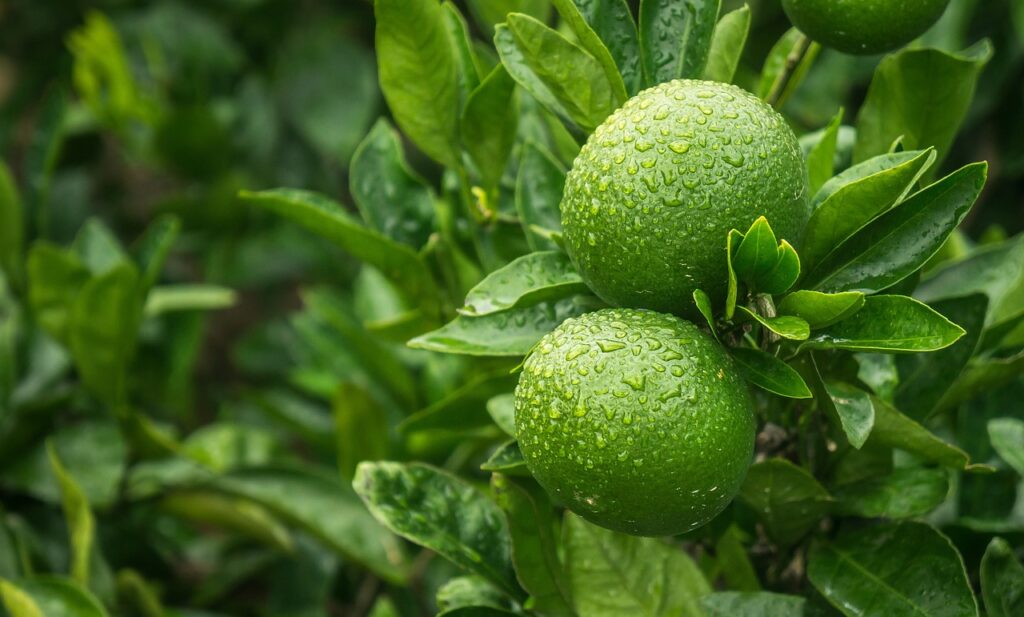
Have you ever had a bartender add lime to your drink on a night out? Or perhaps you’re cooking, and the recipe calls for adding lime juice? Indeed, there are many uses of limes, and so are the types of limes.
Limes are citrus fruits that grow on evergreen trees. These fruits tend to be small and round with a dark green rind. They have a tart, acidic taste.
One reason for having limes growing in your home is to enjoy the many health benefits. They are a great source of vitamin C, antioxidants, folate, riboflavin and magnesium. These low-calorie fruits have essential nutrients that your body needs. They make it easier for the body to absorb iron and boost immunity. These are also great for promoting healthy skin and preventing kidney stones.
But did you know that there are numerous types of limes from all around the world? All these have similarities in terms of taste and appearance; however, there are notable differences since the category does include sweet limes. In this article, you can learn all about the different types of limes. Let’s take a look.
The 15 Different Types of Lime
1. Mandarin Lime
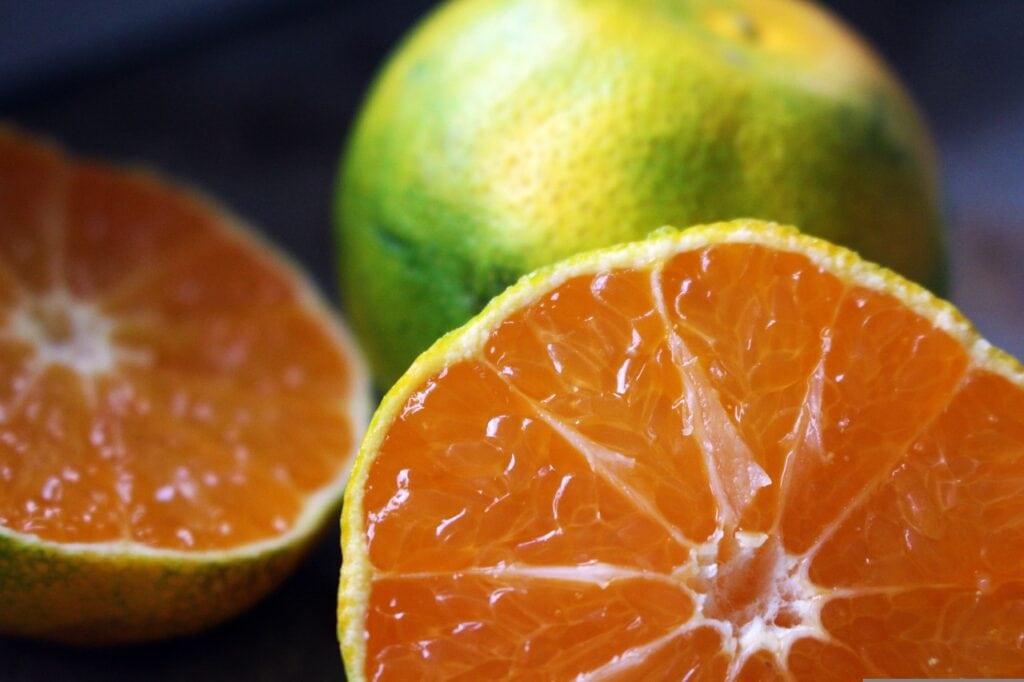
| Tree Height: | 20 feet |
| USDA Hardiness Zone: | 7 |
| Other Name: | Rangpur Lime |
The Mandarin lime starts off this list of different types of lime from across the world. It is one of the most unique limes, given its reddish-orange color. It explains why many folks love having the Mandarin lime tree around for decorative purposes.
This type is a sort of hybrid of tangerine and lemon. Its tart and sour flavor is one feature to note when getting the Mandarin lime. If you want to have a dwarf Mandarin lime, you can plant it in a pot and allow it to become root bound.
2. Kaffir Lime
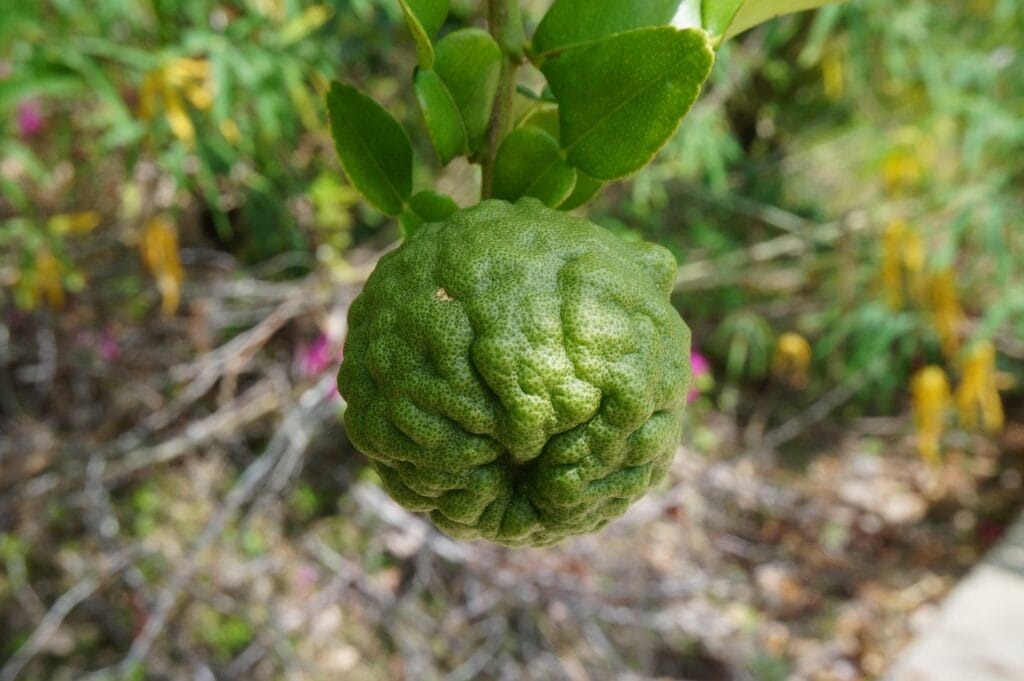
| Tree Height: | 6 to 10 feet |
| USDA Hardiness Zone: | 8 through 10 |
| Other Name: | Makrut Lime |
The Kaffir lime is widely available in Asia, which explains its dominance in most Asian cuisines. This is a good lime tree to have around your home. A Kaffir lime tree has dark green and glossy leaves. Also, the limes are dark green with a bumpy exterior.
The only way a Kaffir lime tree will produce fruit is when it has ample light to allow flowering to take place. While it can grow outside, it’s best to plant it in a pot indoors, but place it in an area receiving ample bright indirect light and ensure it has good drainage.
3. Desert Lime
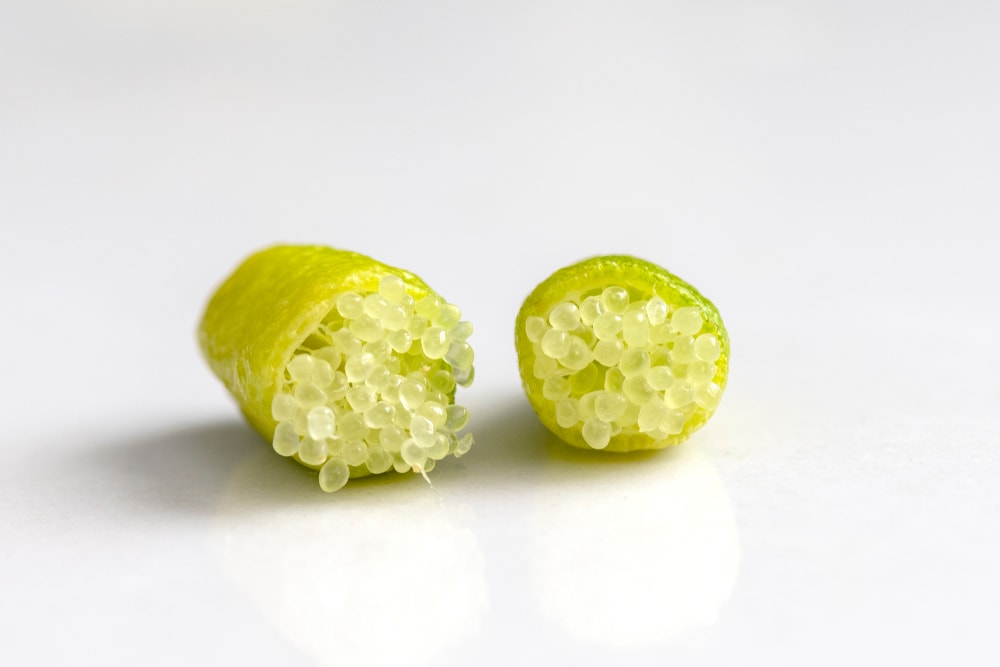
| Tree Height: | 9 to 22 feet |
| USDA Hardiness Zone: | 9 through 10 |
| Other Name: | Bush Lime |
The Desert lime, or Bush lime, is native to Australia. The lime tree tends to grow from a seedling to a small shrub or tree, depending on the kind of care given. In the wild, Desert lime tends to grow in groups, which is a result of suckering.
At home, you can grow Desert lime in a pot. However, note that this lime requires lots of bright indirect light to produce fruits. The fruits start to set in immediately after the tree finishes flowering. The tree is salt and drought-resistant.
4. Australian Finger Lime
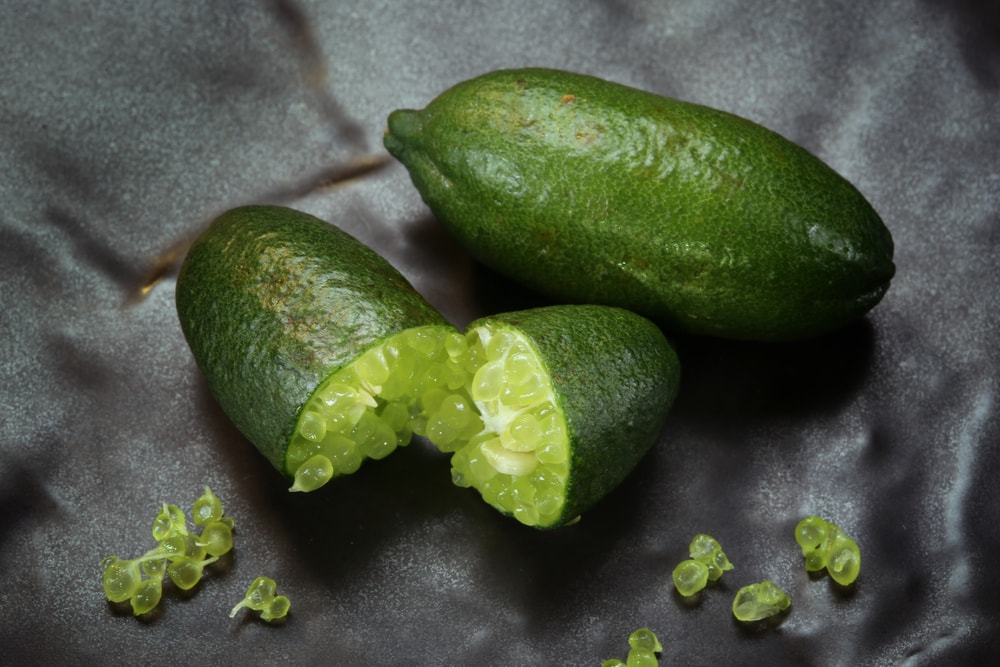
| Tree Height: | 8 to 10 feet |
| USDA Hardiness Zone: | 8 through 11 |
| Other Name: | Caviar Lime |
The Australian Finger lime is a unique fruit that grows on a thorny tree. This lime is one of the most delicious and is a hit with many chefs and foodies. The tree has dark green evergreen leaves and prefers being in spots with full sun exposure.
Choose well-draining soil and a pot with good drainage to plant the Australian Finger lime. It’s best to have the tree in spots with good wind shelter and bring it in when there’s frost. Grow it away from other trees to set its root system.
5. Mexican Lime
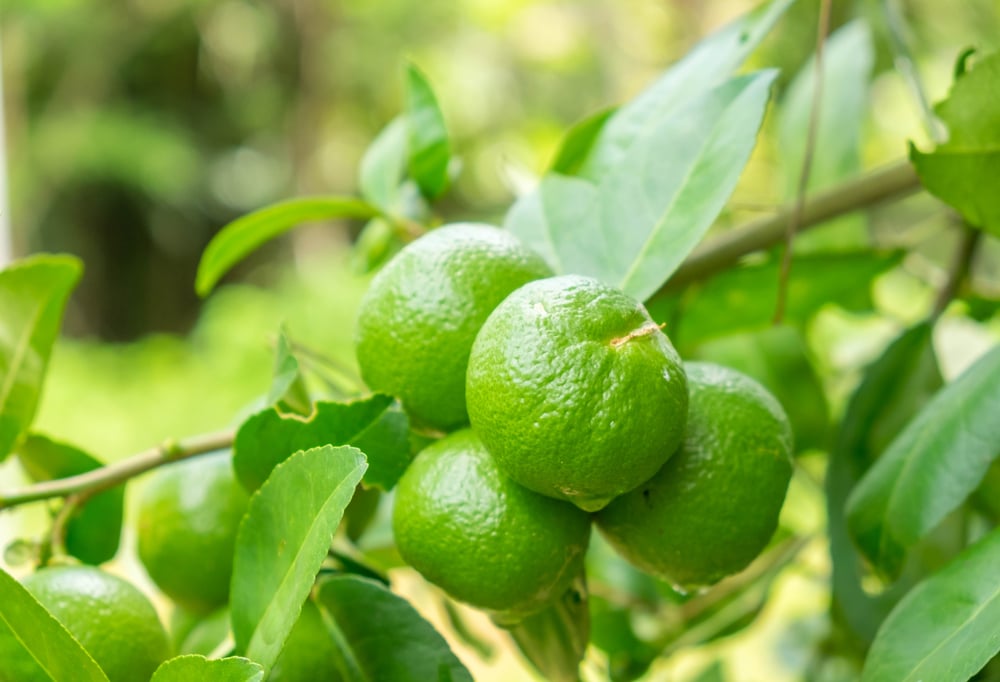
| Tree Height: | 6.5 to 13 feet |
| USDA Hardiness Zone: | 10 through 11 |
| Other Name: | Key Lime |
Another popular lime fruit that you can grow at home is the Mexican lime, which achieves moderate height and remains evergreen all year. During flowering, you notice that this tree has some amazing fragrant flowers and produces yellow-green limes.
Many folks love Mexican limes for their tangy taste. In fact, this is the lime that many bartenders use, and it can also work on pies.
Growing the lime at home is easy since all it requires is well-draining soil and sun exposure. If indoors, use a pot with good drainage to prevent root rot.
6. Blood Lime
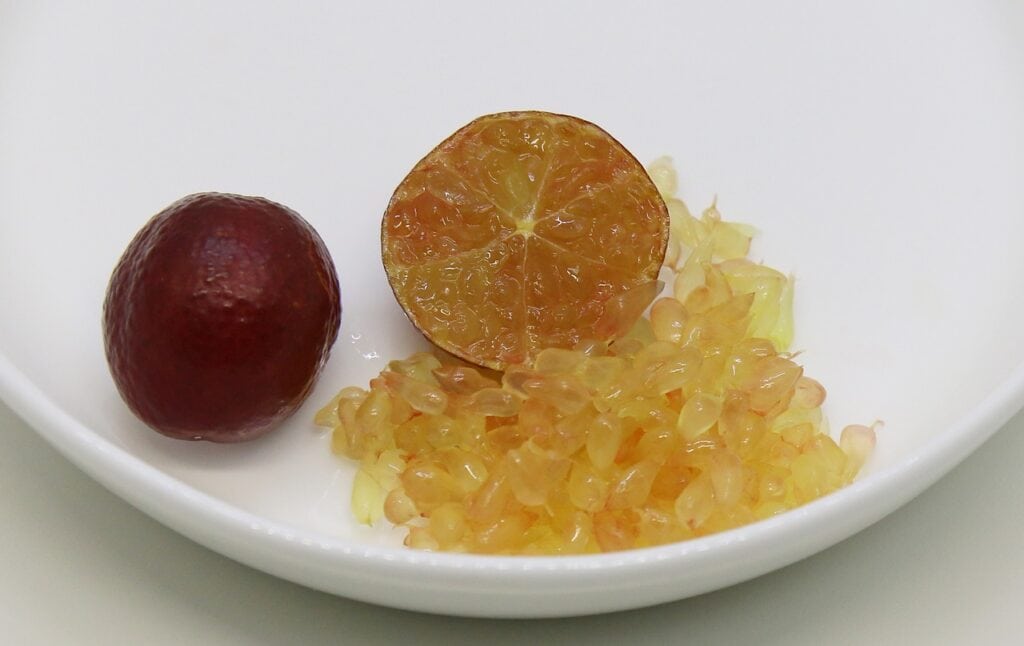
| Tree Height: | 9 feet |
| USDA Hardiness Zone: | 9 through 10 |
| Other Name: | Red Center Lime |
Have you ever come across a lime with a reddish-orange and slightly bumpy exterior? Most likely, that is a blood lime, which belongs to the group of hybrid citrus fruits. This fruit was developed by CSIRO (Commonwealth Scientific and Industrial Research Organization) in a bid to develop a salt-resistant lime species.
The Blood lime tree produces small limes that lean towards tangerine-like sweetness rather than sour. This tree produces white-purplish flowers that have a strong fragrance. It can grow indoors or outside in a garden where it gets ample sunlight.
7. Limequat
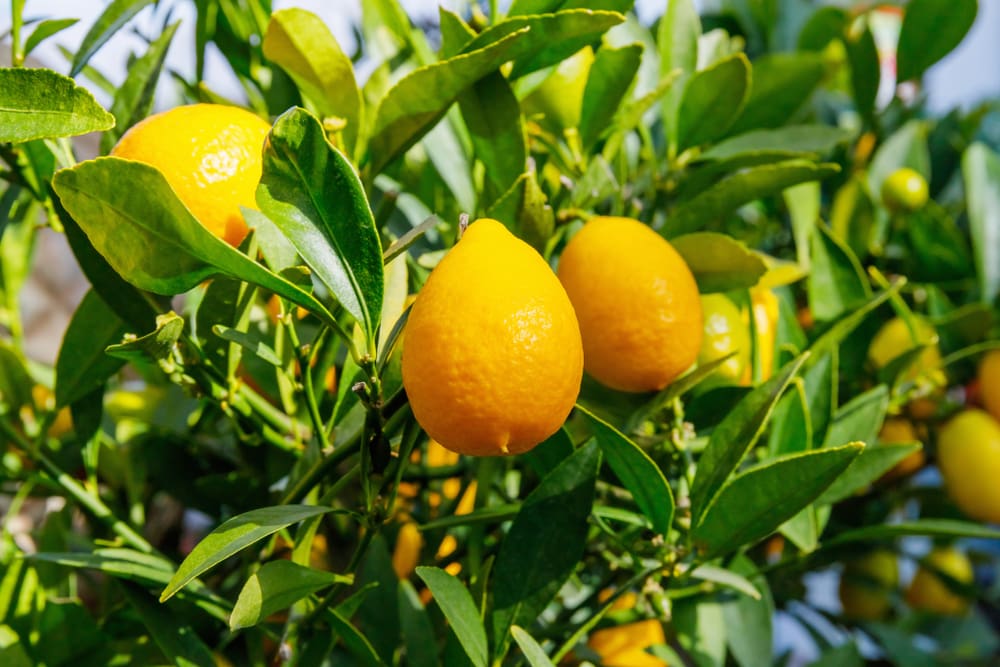
| Tree Height: | 6 to 10 feet |
| USDA Hardiness Zone: | 8 through 11 |
| Other Name: |
The Limequat is a cross between the Kumquat and Key lime. This hybrid was developed in 1909 by Walter Tennyson Swingle and is quite popular. A Limequat tree tends to be small and bushy with citrus-characteristic leaves. It produces fruits from November to March each year.
As a cold-tolerant lime tree, the Limequat is ideal for growing indoors and outside in different climates. It does well in different types of soil, provided there’s good drainage. If outside, pick a spot that gets full sun to partial shade, especially in the hot summer months.
8. Wild Lime
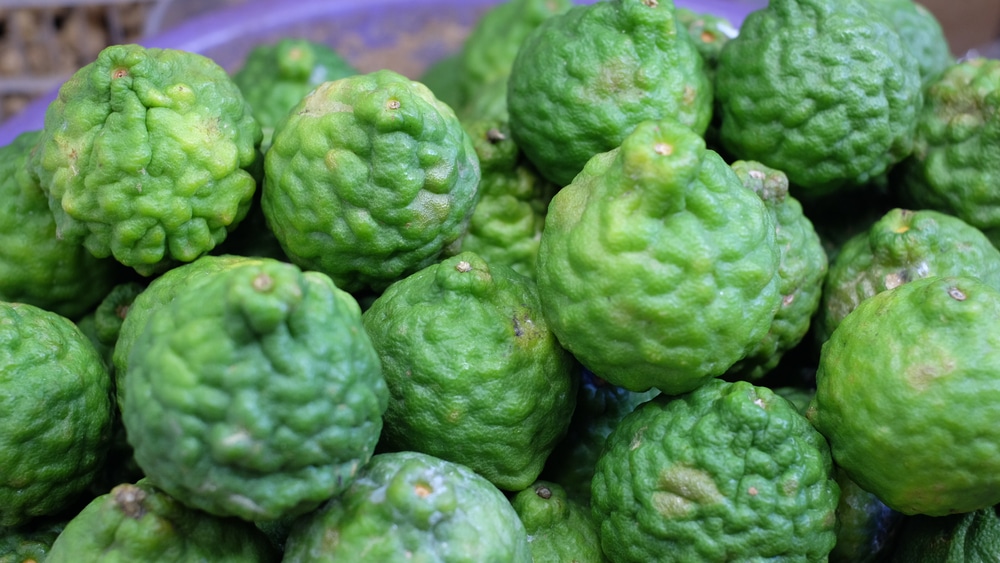
| Tree Height: | 23 feet |
| USDA Hardiness Zone: | 9 through 11 |
| Other Name: | Lime Prickly-Ash |
The Wild lime is native to Texas and Southern Florida, but it’s also common in different parts of Central and South America. The small bushy-like tree develops irregularly-shaped branches with hooked spines.
In different cuisines, the leaves and bark of the wild lime are great for making condiments. Unlike other limes, the Wild lime is famous for its leaves that share the same sour taste.
As a perennial plant, you can have it growing in a pot in your home. It’s low-maintenance and simple to manage. It requires well-draining soil to thrive, but it’s receptive to different types of soils and prefers full sun exposure.
9. Castelo Lime

| Tree Height: | Up to 9 feet |
| USDA Hardiness Zone: | 9 through 11 |
| Other Name: |
The Castello lime shares numerous similarities to the Mexican lime. The tree bears small limes with a thin rind and short neck on one end. When the lime starts growing, it’s green. This changes to pale yellow as the fruit begins to ripen on the tree.
Castello limes have a tart acidic taste and are ideal for preparing different dishes or adding to drinks. Growing this lime at home requires a large pot where the tree can become root-bound.
Also, ensure you use well-draining soil, and the pot must also have drainage holes at the bottom. Pick a spot with lots of bright indirect light to ensure flowering takes place each year.
10. Palestinian Sweet Lime
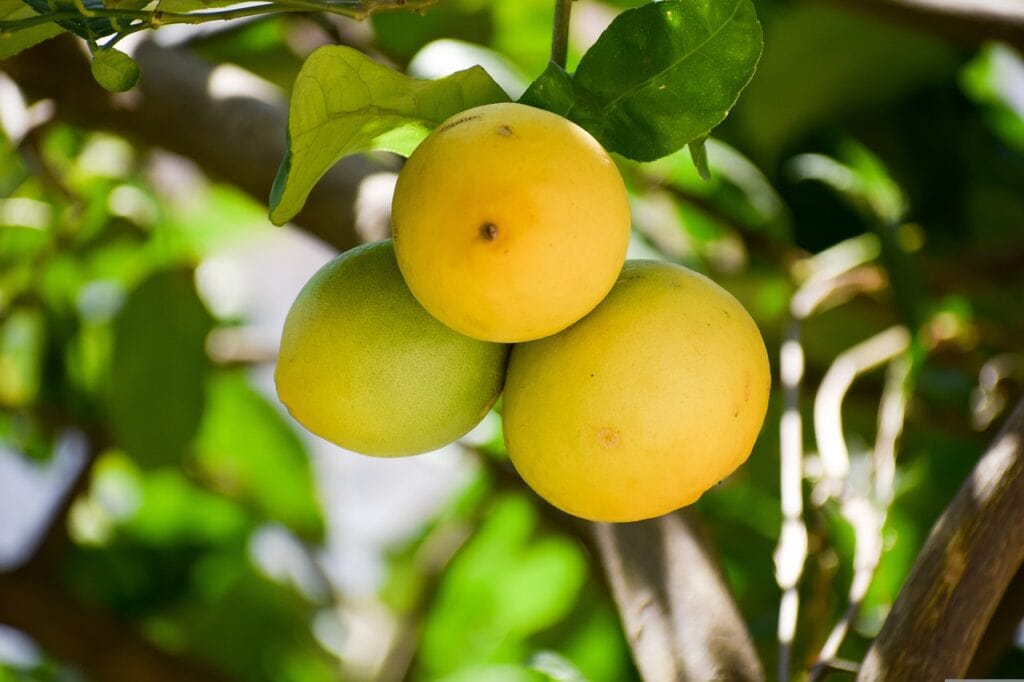
| Tree Height: | 10 to 15 feet |
| USDA Hardiness Zone: | 9 through 10 |
| Other Name: | Indian Lime |
The Palestinian Sweet Lime is far from the tart acidic taste that’s common with most limes. This unique fruit has a sweeter taste. And the tree can be a perfect addition to your home aesthetically.
One unique feature of the Sweet lime is its oblong round shape with a rounded bottom. This differs from other limes. The rind tends to turn from green to orange-yellow when the fruit ripens. When growing the lime, pick spots with ample warmth and protection from harsh winds.
11. Tahiti Lime

| Tree Height: | 20 feet |
| USDA Hardiness Zone: | 7 |
| Other Name: | Rangpur Lime |
There are two types of Tahiti lime that you can grow and enjoy at home. These are the Persian and Bearss limes. The limes have juicy flesh and are bigger than most common ones in the market. Tahiti limes tend to be seedless with less acidity, which is great if you don’t like your limes too sour.
A tip when enjoying Tahiti limes is to pick them when dark green. They tend to have a better flavor before they ripen. They are excellent for making cold and hot drinks as well as preparing different dishes. Since the tree is low-maintenance, it’s easy to grow at home.
12. Spanish Lime
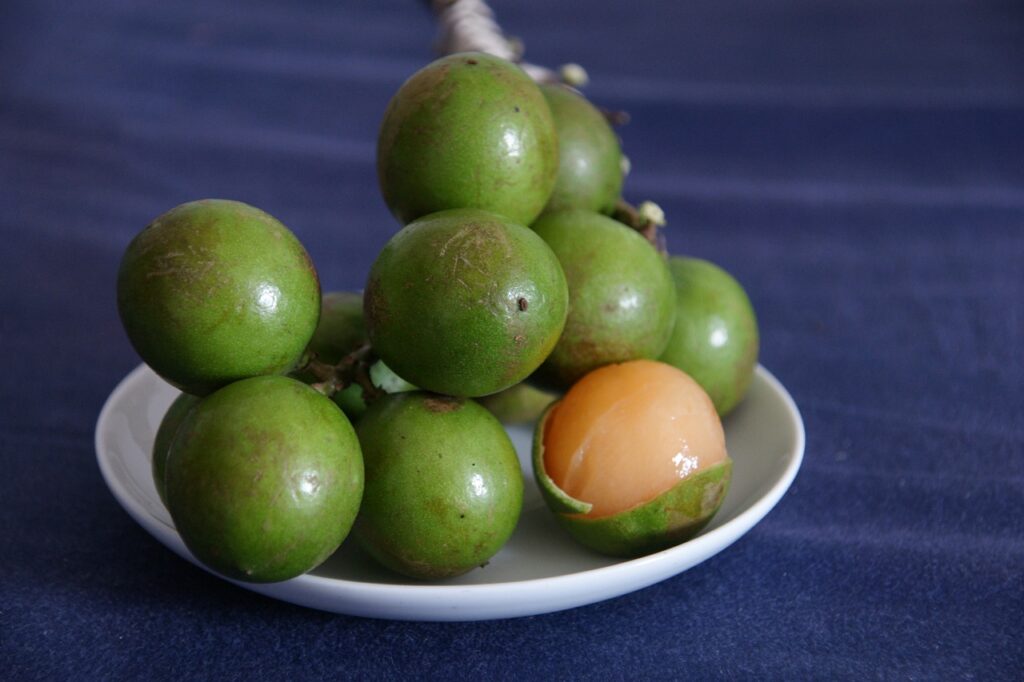
| Tree Height: | 50 feet |
| USDA Hardiness Zone: | 9 through 12 |
| Other Name: | Mamoncillo Lime |
The Spanish lime can grow quite tall when planted outside. Growing it indoors may require making the tree root bound to stunt its growth.
Spanish limes are small, and most folks love using them when unripe. These limes have a strong tangy flavor, perfect for chicken and fish recipes. When you cut it, you get a pale-yellow flesh clinging to a single large white seed.
13. Winged Lime
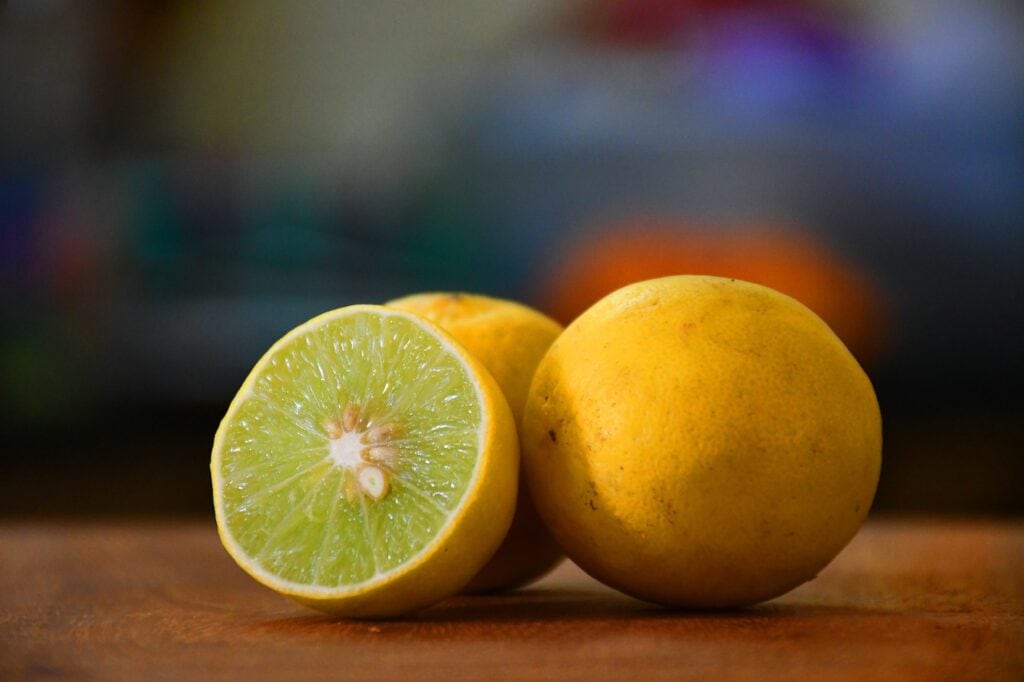
| Tree Height: | 10 feet |
| USDA Hardiness Zone: | 9 through 11 |
| Other Name: | Blacktwig Lime |
Winged lime or Blacktwig lime originates from Southeast Asia. This sweet lime is a hybrid of Calamansi and Kaffir limes. While standing near it, you will smell the strong aroma from its leaves. These dark green leaves are a good addition to condiments or drinks. The lime fruit is rich in vitamins, nutrients and antioxidants that the body needs for better function.
It’s possible to grow the winged lime at home since it’s a low-maintenance tree. Ensure you plant it in a pot with good drainage and well-draining soil. This lime thrives in full sun exposure all year.
14. Calamansi Lime
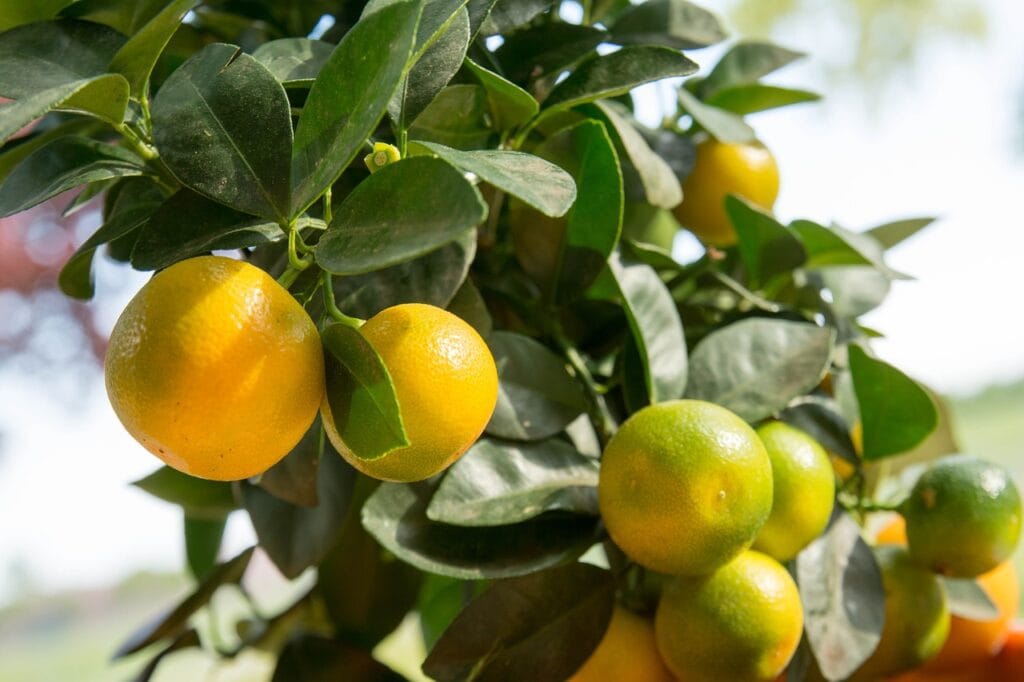
| Tree Height: | 9 to 19 feet |
| USDA Hardiness Zone: | 8 through 11 |
| Other Name: | Philippine Lime |
Calamansi limes are native to Southeast Asia in places like The Philippines, Borneo, and Indonesia. It has also become quite popular in the US. In the Philippines, lime is cultivated as a cash-crop. It is naturally sour, making it a good ingredient to add in drinks, condiments or recipes.
The lime tree grows more like a shrub with branches spreading in all directions. The tree is evergreen with dark-green leaves. The limes start growing as green fruits and turn bright orange once ripe. Ripe Calamansi limes have a thin rind and bright-orange flesh.
15. Persian Limes

| Tree Height: | 15 to 20 feet |
| USDA Hardiness Zone: | 9 through 11 |
| Other Name: | Seedless Lime |
Have you ever come across some juicy and seedless limes at the grocery store? Most likely, you bought some Persian limes. Being seedless makes them quite popular and widely cultivated as a commercial crop. They grow in an almost thornless tree and are round with a slightly nipped end.
Most folks prefer using the Persian lime while still green for better flavor, but it does ripen to a yellowish hue. Persian limes tend to have less acidity and are perfect for different uses, including making dressings.
Which Are the Most Popular Varieties of Lime?
There are different types of limes that make perfect additions to drinks, condiments, and recipes. Among them are the Tahiti limes and Mexican limes.
Tahiti and Mexican limes are full of flavor. They add that natural sour zest and even the leaves can be put to good use. These limes are loaded with vitamin C and antioxidants essential for proper body function.
The good news is you can grow some Tahiti and Mexican limes in your home. The lime trees are easy to maintain once you transplant in a garden or in a pot. The trees are resilient and tend to tolerate different soils and climates.
Conclusion
There are different types of limes listed in this article for you to enjoy. All grow in almost bush-like small trees, but some grow tall. Limes are popular for their high nutrient content and antioxidants essential for health and well-being.
There are sweet and sour limes. The level of sweetness or sourness depends on the type of lime you grow. But common features include a love for full sun exposure and well-draining soils. It’s possible to grow limes indoors or outside, especially in warmer climates.
Featured Image Credit: jeonsango, Pixabay
Contents

